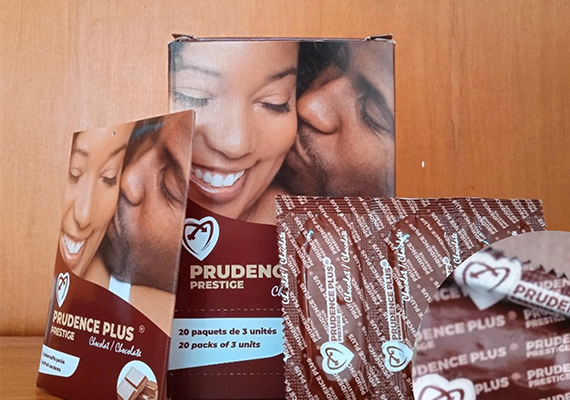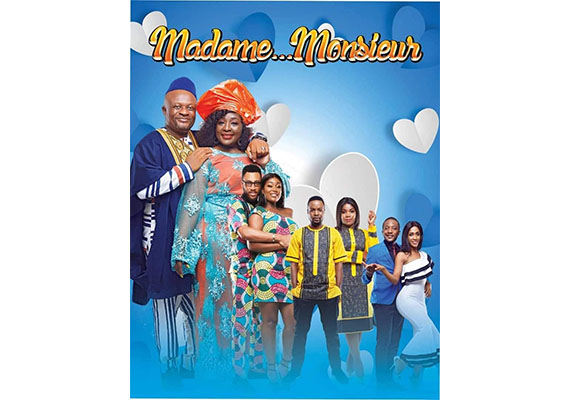Media and Sexual Content: The Danger is Real!

Over the past two decades, studies have it that the level at which sex is discussed in the media is on a steady increase. According to 2015 World development Report, In the developed countries the fraction of programs with content prime-time sexuality increased from 67% in 1998 to 77% in 2005. Be they traditional or 21st century media, the have gone a long a way in creating a certain degree of awareness for explicit content.
PG18, PG21, PG16 or simply PG, standing for parental guidance is the normal on every channel’s top right-hand Conner. But is it always respected? That seemingly is as far as this media can go to caution for the existence of explicit content in whatever program is been aired. In a society where an 8-year-old automatically becomes a 21-year-old, it is then almost needless to provide viewer discretion.
Among the top 20 most preferred youth shows, 70% of them are filled with sexually explicit content. A US study examining 1,276 youth-directed programs broadcast in 2001–2002 showed that 82% of episodes featured sexual talk and 67% featured sexual behavior, with 11% implying, and 4% portraying sexual intercourse.
The new media is also contributing highly to this cankerworm. A survey, conducted in Quebec in 2007 with 439 young people aged 12 to 17 who surf the web, reveals that 56% of these young people have visited pornographic sites, that 31% have had conversations sex on the web and that 15% have frequented or are still using dating sites. It should be noted that 55% of young people who would have consulted such sites during the year school say they did it unintentionally.
BY Desmond Mbua










